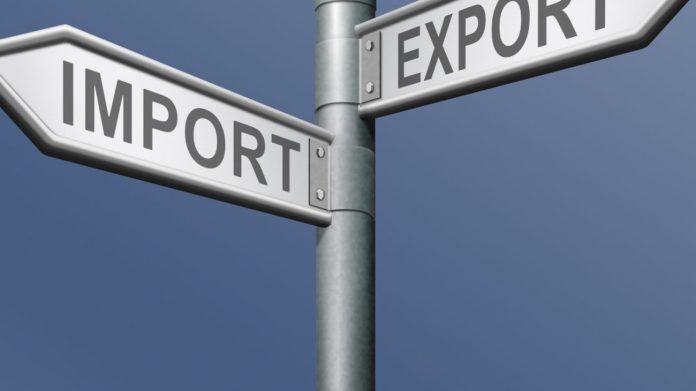KARACHI: The current account deficit in the first 11 months of 2017-18 has amounted to $15.9 billion, up 43.2 per cent from the previous year.
According to data released by the State Bank of Pakistan (SBP) on Wednesday, the gap was $1.9 billion in May. This was nominally down from the preceding month, data showed.
The current account tracks a country’s overseas transactions, such as net trade, earnings on cross-border investments and transfer payments.
Exports of goods amounted to $22.8 billion in July-May, up 13.2 per cent from a year ago. However, the corresponding rise in imports which were worth $50.7 billion, remained 16.4 per cent over the same period.
The recent depreciation of the rupee against the dollar is likely to help bridge the trade gap. The move to cheapen the rupee against the dollar will curtail imports as they will cost more because of the change in the value of the local currency. Similarly, exports will see a spike in nominal terms because of the devaluation.
Exports have mostly grown at a single-digit rate since 2010-11. A recovery in advanced economies from the second half of 2017 with the United States experiencing one of the fastest quarterly growth rates in the last three years, played a key role in the recent surge in exports, according to the SBP. It boosted demand for products exported by emerging economies, including Pakistan, it said.
The former finance minister under the PML-N government, Miftah Ismail, said after the latest round of rupee devaluation, exports have now become more competitive on a global level. He expects that exports are going to register a greater increase in coming months because of a cheaper rupee.
According to the SBP, exemptions for the textile industry on the import of raw material (customs duty) and textile machinery (sales tax) may have catalysed exports, specifically to the European market, in the presence of the GSP Plus status.
But the simultaneous rise in imports continues nonetheless. In addition to a higher import bill for petroleum products, increased demand for motorcars, palm oil, pesticides, chemicals, plastic materials and iron and steel scrap contributed to the surge in non-oil imports.
Lastly, workers’ remittances rose 3 per cent to $18 billion at the end of the 11-month period.
























